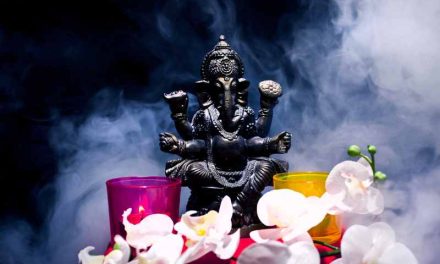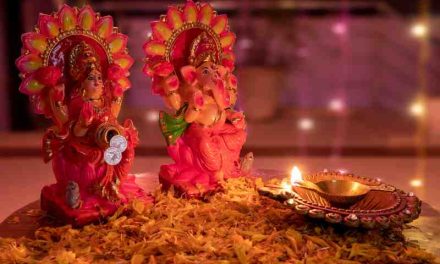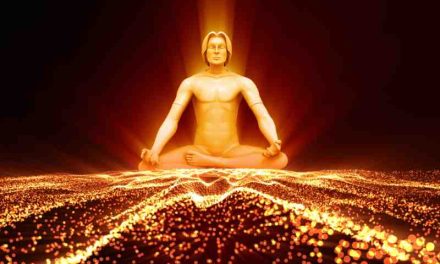The Jabali Upanishad is one of the minor Upanishads of Hinduism, belonging to the Samaveda. It is a short text that presents a dialogue between two sages, Jabali and Pippalada, on the nature of the ultimate reality, which is identified with Shiva, the lord of all beings.
The Upanishad begins with Pippalada asking Jabali five questions: What is the ultimate reality? Who is the individual soul? Who is the animal? Who is the lord? And how can one attain salvation.
Jabali replies that these questions were answered by Ishana, a form of Shiva, through meditation. He says that Shiva is the ultimate reality, the only reality, and the source of everything. He is also called Pashupati, the lord of all animals.
The individual soul, or jiva, is the living being who has ego and transmigrates from one body to another. The animal, or pashu, is any being who lacks discrimination between the changing and the unchanging, who suffers from bondage and ignorance, and who is controlled by someone else. All jivas are pashus in different forms.
The lord, or pati, is Shiva himself, who is the master of all pashus. He is also called Pashupata, the supreme teacher of the Pashupata sect of Shaivism. He bestows grace and liberation on those who worship him with devotion and knowledge.
To attain salvation, one has to realize that one is not a pashu, but a part of Shiva. One has to renounce all attachments and desires, and practice meditation and austerity. One has to apply the holy ash (vibhuti) on one’s forehead as a symbol of detachment, purity, and devotion to Shiva. The ash also represents the three aspects of Shiva: creation, preservation, and destruction.
The Upanishad concludes with Jabali saying that whoever knows this teaching becomes free from all sins and attains Shiva’s abode. He also says that this Upanishad should be taught only to those who are worthy and sincere seekers of truth.
The Jabali Upanishad is a concise and profound exposition of the Pashupata philosophy of Shaivism. It reveals the identity of Shiva as the ultimate reality and the goal of human life. It also prescribes the way of worshiping Shiva through the holy ash and meditation. It is a valuable text for anyone who wants to understand the essence of Shaivism and its relation to Vedanta.
The dialogue begins with Jabali asking Ashtavakra to explain the ultimate reality. Ashtavakra begins by saying that the ultimate reality is Brahman, the Absolute or Universal Self. He explains that Brahman is beyond all words and concepts, and that it cannot be directly known. However, it can be indirectly known through the practice of yoga and meditation.
Jabali is not satisfied with Ashtavakra’s answer. He asks for a more concrete explanation of Brahman. Ashtavakra then gives a series of analogies to try to explain Brahman. He compares Brahman to the ocean, the sky, and the sun. He also compares it to the Self, the inner essence of all beings.
Jabali is still not satisfied. He asks Ashtavakra if he can directly experience Brahman. Ashtavakra says that it is possible to directly experience Brahman through the practice of yoga and meditation. However, he warns that this is a difficult path, and that it is not for everyone.
The dialogue ends with Jabali still seeking an answer to his question. However, he is now more open to the possibility of the existence of Brahman. He realizes that the ultimate reality is beyond his understanding, but he is willing to continue on the path of spiritual practice in the hope of one day experiencing it directly.
The Jabali Upanishad is a valuable text for anyone who is interested in Hindu philosophy or spirituality. It provides a clear and concise explanation of the concept of Brahman, and it offers a glimpse of the path to spiritual realization. The dialogue between Jabali and Ashtavakra is also a fascinating example of the different ways that people can approach the question of ultimate reality.
In addition to the dialogue between Jabali and Ashtavakra, the Jabali Upanishad also contains a number of other important teachings. These include the following:
- The importance of living a virtuous life.
- The need to control the senses.
- The benefits of yoga and meditation.
- The possibility of moksha, or liberation from the cycle of birth and death.
Setting the Stage: A Conversation between Sage Jabali and Satyakama
The Jabali Upanishad begins with Satyakama, a young seeker of truth, approaching the venerable sage Jabali with a question that has puzzled philosophers for ages: “What is that by knowing which everything becomes known?” This question forms the crux of the Upanishadic inquiry, aiming to uncover the fundamental essence that underlies the diverse manifestations of reality.
Sage Jabali, known for his wisdom and profound insights, responds to Satyakama’s query with a series of questions that prompt the young seeker to explore the depths of his own understanding. This dialogue serves as a timeless example of the Socratic method, where the teacher leads the student towards self-realization through thoughtful inquiry.
The Essence of Ultimate Reality: Knowledge and Wisdom
As the conversation unfolds, Sage Jabali imparts a profound truth to Satyakama. He explains that the ultimate reality, the essence of all that exists, is not something that can be directly pointed to or grasped through the senses. Instead, it is the eternal knowledge that pervades all things, the wisdom that transcends the limitations of the material world.
Jabali emphasizes that true knowledge is not limited to superficial information or intellectual prowess. Rather, it is the realization of the interconnectedness of all existence, the understanding that everything is an expression of the same underlying reality. This realization is not merely theoretical; it is experiential and transformative.
The Inner Journey: From Ignorance to Self-Realization
Throughout the dialogue, Sage Jabali guides Satyakama towards a profound realization – that the ultimate knowledge is not external but resides within each individual. This message is a reminder that the journey towards self-realization involves turning inward, delving into one’s own consciousness to uncover the truths that lie beyond the surface of everyday experience.
Jabali explains that the ignorance which leads to suffering arises from our identification with the transient aspects of life – the body, mind, and emotions. By transcending these identifications and recognizing the eternal essence within, one can attain true wisdom and liberation. This teaching aligns with the core principles of many spiritual traditions, emphasizing the importance of self-awareness and inner transformation.
The Unity of All Existence: Beyond Duality and Division
One of the central themes of the Jabali Upanishad is the concept of Advaita, or non-duality. Sage Jabali guides Satyakama to realize that the apparent distinctions and divisions in the world are mere illusions created by the mind. In reality, there is only one ultimate reality, and all beings are interconnected manifestations of this singular truth.
This insight challenges conventional perceptions of separation and encourages a shift in perspective towards unity and harmony. The wisdom of the Jabali Upanishad invites us to see beyond the limitations of the physical world and recognize the underlying oneness that binds all of creation.
The Jabali Upanishad is a short but powerful text that offers a wealth of insights into the nature of reality and the path to spiritual liberation. It is a valuable resource for anyone who is seeking a deeper understanding of Hinduism.





